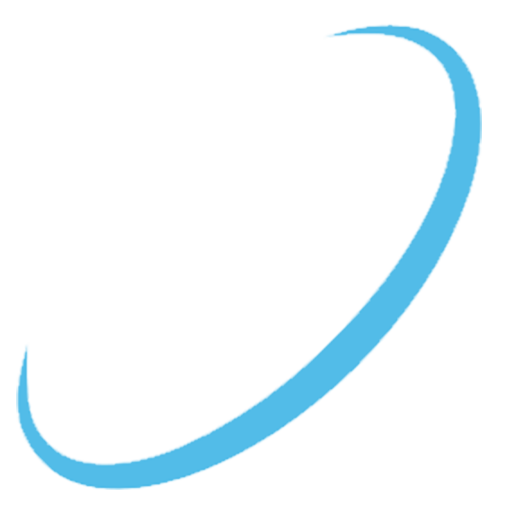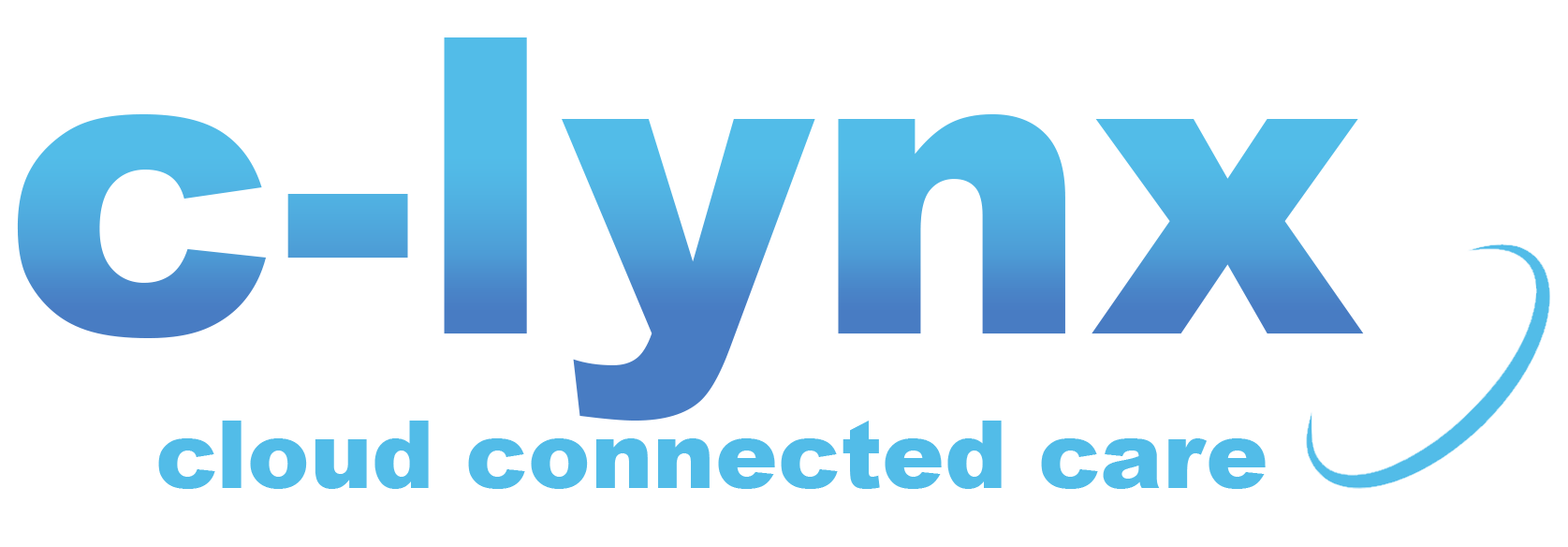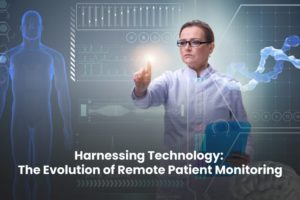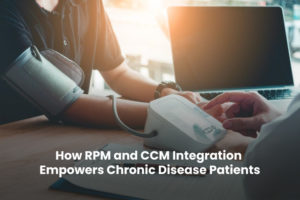Revolutionizing Global Healthcare: The Transformative Potential of Remote Patient Monitoring (RPM)
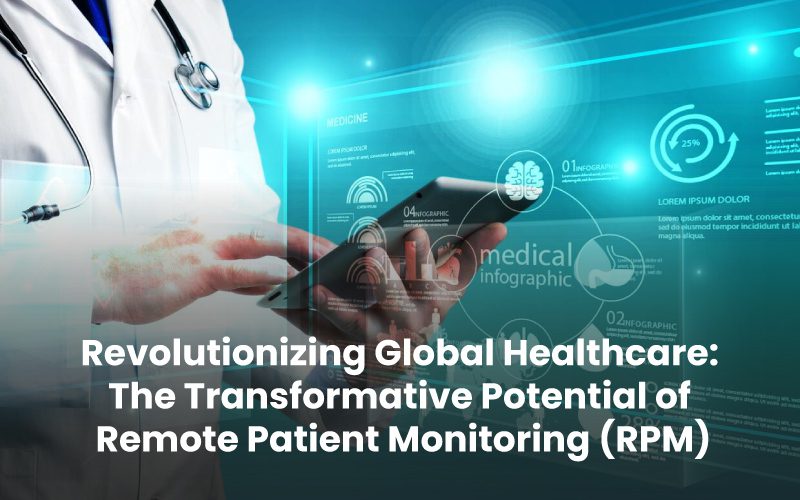
In today’s rapidly evolving world, where technological advancements are driving unprecedented change across industries, the healthcare sector is no exception. Among the myriad innovations emerging on the horizon, one stands out as a beacon of hope for revolutionizing healthcare on a global scale: Remote Patient Monitoring (RPM). This visionary approach doesn’t just embrace technology; it seamlessly integrates it into the fabric of healthcare delivery, with the potential to reshape the very essence of how we perceive and manage health.
At its core, RPM represents a paradigm shift that transcends the confines of traditional healthcare models. It transcends geographical limitations, bridges gaps in access to care, and redefines patient-provider relationships. Through a synergy of advanced technology and healthcare expertise, RPM envisions a world where distance is no longer an obstacle to quality healthcare and proactive health management becomes a tangible reality.
Imagine a patient nestled in a remote village far from medical facilities or an elderly individual in a bustling metropolis seeking to manage their chronic condition with ease. RPM empowers them all with a remarkable opportunity: the ability to monitor and manage their health parameters in real-time, all while staying closely connected to their healthcare providers. This seamless connection, made possible by the very devices that have become integral to our daily lives, transcends boundaries and transforms healthcare into an experience that’s truly borderless.
From empowering individuals with chronic conditions to fostering preventive care, from harnessing data for insights into population health trends to optimizing healthcare economics, RPM embodies a holistic approach that aligns with the contemporary demands of a fast-paced, interconnected world.
Let’s delve deeper into how RPM is revolutionizing global healthcare and driving transformative change.
Bridging Geographical Barriers:
One of the most significant challenges in healthcare is ensuring access to quality medical services, particularly in remote or underserved regions. RPM overcomes these geographical barriers by enabling patients to monitor their health from the comfort of their homes. Vital health data, such as blood pressure, heart rate, glucose levels, and more, can be seamlessly transmitted to healthcare providers in real-time. This not only improves access to care but also allows healthcare providers to make informed decisions without patients needing to travel long distances.
Empowering Chronic Disease Management:
Chronic diseases are a global health concern, contributing to a significant portion of the global disease burden. RPM empowers individuals with chronic conditions to actively participate in the management of their health. Patients can use connected devices to regularly monitor their health metrics, and healthcare providers can remotely track these metrics. This proactive approach enables early intervention, adjustments to treatment plans, and lifestyle recommendations, leading to improved disease control and the prevention of complications.
Advancing Preventive Healthcare:
RPM shines a spotlight on preventive healthcare by enabling continuous monitoring of patient’s health status. This real-time data empowers healthcare providers to detect subtle changes that could indicate health issues. By identifying potential problems early on, healthcare professionals can intervene with timely advice, medications, or other interventions, ultimately reducing the risk of acute episodes or disease progression.
Enhancing Patient Engagement and Education:
Engaging patients in their healthcare journey is a cornerstone of RPM. Patients become active participants by regularly monitoring their health data and receiving personalized insights and feedback. This heightened engagement fosters a sense of ownership and accountability for their health. Moreover, RPM serves as a powerful educational tool, helping patients understand the connection between their lifestyle choices, health metrics, and overall well-being.
Data-Driven Insights for Global Health Planning:
The data generated through RPM has the potential to drive significant insights for global health planning and research. Aggregated data sets can help identify health trends, patterns, and risk factors across diverse populations. These insights can inform public health policies, guide resource allocation, and support evidence-based decision-making at both local and international levels.
Redefining Healthcare Economics:
RPM offers a paradigm shift in healthcare economics. By preventing hospital readmissions, managing chronic diseases more effectively, and promoting preventive care, RPM contributes to substantial cost savings for healthcare systems. The resources saved can be redirected towards initiatives that prioritize community health and well-being.
Empowering Healthcare Professionals:
RPM equips healthcare providers with a wealth of patient data, enabling them to make informed decisions and deliver personalized care. This empowerment not only enhances the quality of care but also allows healthcare professionals to efficiently allocate their expertise where it’s most needed, thereby optimizing the healthcare system.
Also Read: Harnessing Technology: The Evolution of Remote Patient Monitoring
Conclusion
RPM redefines the healthcare narrative—empowering patients, fostering collaboration, and putting the control of health firmly in the hands of those who matter most. With each data point transmitted and each proactive step taken, we inch closer to a world where healthcare knows no boundaries. As the curtain rises on this new healthcare horizon, the possibilities are limitless, and the future is brighter than ever before.
